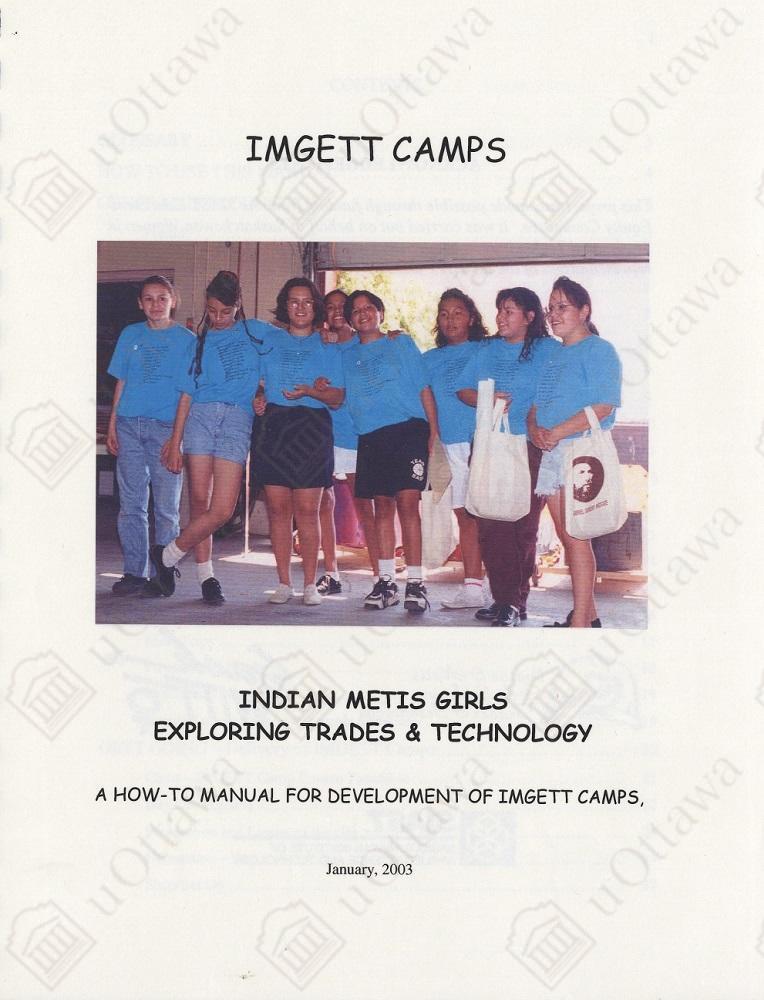
Área de título y declaración de responsabilidad
Título apropiado
Tipo general de material
- Textual records
Título paralelo
Otra información de título
Título declaración de responsabilidad
Título notas
Nivel de descripción
Institución archivística
Código de referencia
Área de edición
Declaración de edición
Declaración de responsabilidad de edición
Área de detalles específicos de la clase de material
Mención de la escala (cartográfica)
Mención de proyección (cartográfica)
Mención de coordenadas (cartográfica)
Mención de la escala (arquitectónica)
Jurisdicción de emisión y denominación (filatélico)
Área de fechas de creación
Fecha(s)
-
January 2003 (Creación)
Área de descripción física
Descripción física
Área de series editoriales
Título apropiado de las series del editor
Títulos paralelos de serie editorial
Otra información de título de las series editoriales
Declaración de responsabilidad relativa a las series editoriales
Numeración dentro de la serie editorial
Nota en las series editoriales
Área de descripción del archivo
Nombre del productor
Historial de custodia
Alcance y contenido
This file contains a How to manual for Development of IMGETT Camps.
SIAST Education Equity Committee, SIAST WITT Program, SaskWITT and IMGETT Committee.
Partners and supporters: Various Crown Corporations; Assorted Government Ministries; Local Elementary and Hight Schools.
Audience: organisations who wish to deliver exploratory TTO career education camps to middle years Firt Nations/M/tis girls.
In 1994, Valerie Overend was asked by a group of dynamic First Nations and Métis women from Regina to work as an advisor to a newly-formed Indian Métis Girls Exploring Trades & Technology (IMGETT) Committee. After delivering GETT Camps for a couple of years, it became evident that they were not having good success in reaching Aboriginal girls. These women, who represented the private and public sectors, and educational institutions including SIAST, had followed our progress working with middle-years girls and wanted to adapt our model to their communities. Using existing principles and incorporating cultural differences, they reworked the basics of the camps and developed a unique program that proved to be successful. IMGETT Camps were re-designed to introduce 13 and 14 year-old First Nations and Métis girls to a variety of possible career futures while attending an enjoyable week long day camp. Instead of go-carts, the girls built scooters. They had difficulty finding aboriginal instructors so initially, they hired an apprentice and Valerie Overend was her “assistant”. Soon, they had a couple of well-trained aboriginal women who ran the camps as well as worked on our regular programs with them. They also maximized guest appearances by Aboriginal role models from various occupations.
The IMGETT Committee adjusted the timelines to incorporate more formal classroom activities and less shop time. Before delivery of the first camp, the committee contracted an educator to write 7 lesson plans and packaged them in an Educator’s Kit similar to SaskWITT’s earlier initiative. This package * “Choosing the Beat of Her Own Drum” included a video, lessons plans and a poster and was sent to all schools in Saskatchewan with grades 7 – 10 students. Several of the lessons were incorporated into the Camp. As well, each camp had an elder participating in the delivery to assist with exploration of cultural elements of the lessons.
A stand-alone manual was developed for the project. The material in the manual is identical to the one incorporated in the How-to Manual for GETT Camps at SIAST.
(Valerie Overend Index, 2022)
Área de notas
Condiciones físicas
Origen del ingreso
Arreglo
Idioma del material
- inglés
